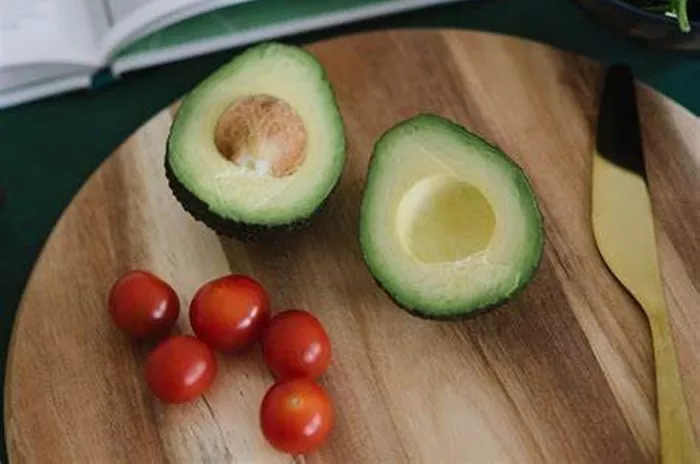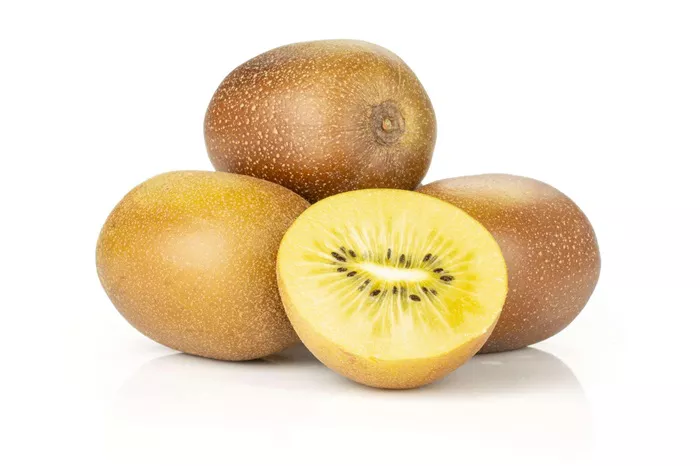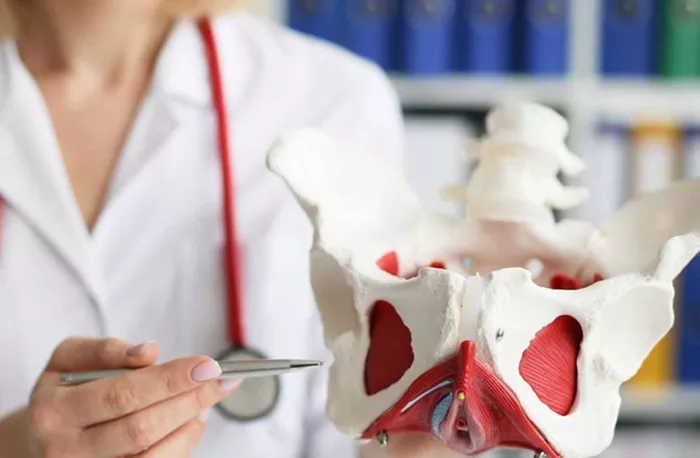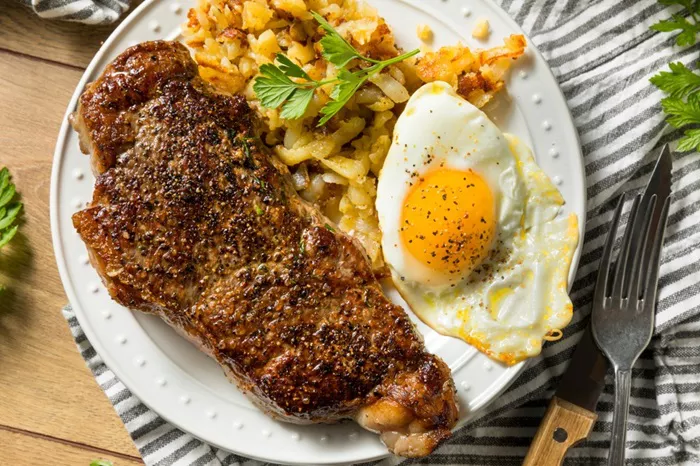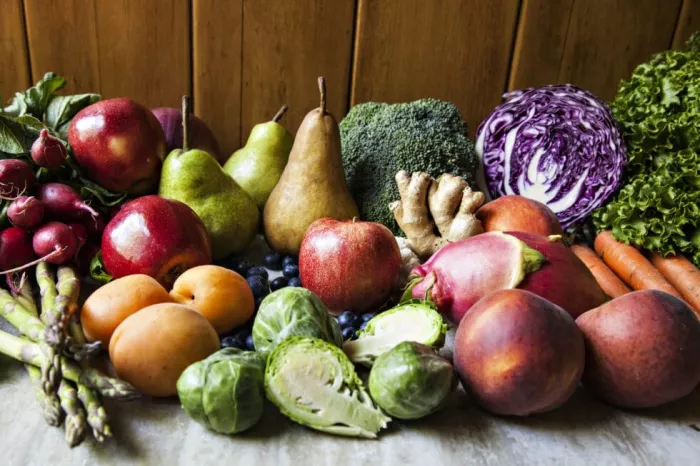In the world of nutrition, protein is often hailed as a crucial macronutrient essential for muscle building, repair, and overall health. While protein can be sourced from various foods, meats are renowned for being rich protein providers. This article delves into the realm of meats, uncovering which varieties stand out with the most protein content. From beef to chicken, fish to pork, we’ll navigate the protein landscape to help you make informed choices for your nutritional needs.
Understanding Protein in Meat
Meat is celebrated not only for its savory taste but also for being a nutritional powerhouse, particularly in the realm of protein. Protein is composed of amino acids, the building blocks crucial for various physiological functions in the body. Meats, whether from animals raised on pasture or wild-caught fish, are complete protein sources, meaning they contain all essential amino acids required by the body.
The protein content in meat varies depending on the type of meat, the cut, and cooking methods. Additionally, meats are rich in essential nutrients such as iron, zinc, vitamin B12, and omega-3 fatty acids, contributing to overall health and well-being.
Beef
When it comes to protein and meat, beef stands out as a formidable contender. Beef is a powerhouse of high-quality protein, providing all essential amino acids in abundance. Lean cuts of beef, such as sirloin or tenderloin, are excellent choices for maximizing protein intake while keeping saturated fat content in check.
In a 3.5-ounce (100-gram) serving of cooked beef, you can expect to find approximately 26 grams of protein. This makes beef an ideal option for individuals aiming to meet their protein requirements, especially those engaged in strength training, muscle building, or maintaining overall protein balance in their diet.
Poultry
Poultry, including chicken and turkey, is celebrated not only for its lean profile but also for being rich in protein. Skinless, boneless chicken breast is a particularly popular choice among fitness enthusiasts and health-conscious individuals due to its high protein content and low fat levels.
In a 3.5-ounce (100-gram) serving of cooked, skinless, boneless chicken breast, you can expect to find approximately 31 grams of protein. Turkey, whether ground or in whole cuts, offers a similar protein punch, making both chicken and turkey versatile and valuable additions to a protein-focused diet.
Pork
Pork, often recognized for its versatility in the kitchen, is another protein-packed meat option. Pork tenderloin, loin chops, and lean ground pork are particularly rich in protein while offering a flavorful alternative to other lean meats. Choosing lean cuts of pork is essential to balance protein intake with fat content.
In a 3.5-ounce (100-gram) serving of cooked, lean pork, you can expect to find approximately 27 grams of protein. Pork’s protein content, coupled with its versatility in cooking, makes it an attractive choice for those seeking variety in their protein sources.
Fish
When exploring the protein and meat spectrum, fish takes center stage as a nutrient-dense and protein-rich option. Fatty fish, such as salmon, not only provides ample protein but also delivers heart-healthy omega-3 fatty acids. Other lean fish varieties, including cod, tilapia, and tuna, are also excellent sources of high-quality protein.
In a 3.5-ounce (100-gram) serving of cooked salmon, you can expect to find approximately 25 grams of protein. The protein content in fish, combined with its omega-3 fatty acids, positions seafood as a valuable component of a well-rounded and nutritious diet.
Veal
Veal, the meat of young cattle, is a lesser-explored option in the realm of protein-rich meats. It is characterized by its tender texture and distinct flavor. Veal offers a lean protein source that can be incorporated into various dishes for those looking to diversify their protein intake.
In a 3.5-ounce (100-gram) serving of cooked veal, you can expect to find approximately 30 grams of protein. While veal may not be as commonly featured as other meats, its protein content and unique flavor profile make it a worthy consideration for those seeking culinary variety.
Lamb
Lamb, known for its distinctive flavor, is another red meat option that contributes to protein intake. While it may have a higher fat content compared to lean cuts of beef, lamb provides a rich source of protein along with essential vitamins and minerals. Choosing lean cuts and moderating portion sizes can maximize the benefits of lamb as a protein source.
In a 3.5-ounce (100-gram) serving of cooked lamb, you can expect to find approximately 25 grams of protein. Lamb’s protein content, combined with its unique taste, adds a flavorful dimension to the protein and meat landscape.
Game Meats
Game meats, derived from wild animals, present a unique and niche source of protein. Venison (deer meat), elk, bison, and wild boar are examples of game meats that offer lean protein with distinctive flavors. Game meats are often celebrated for being lower in fat and higher in certain nutrients compared to conventionally raised meats.
In a 3.5-ounce (100-gram) serving of cooked venison, you can expect to find approximately 30 grams of protein. While game meats may not be as readily available as traditional meats, they provide an alternative protein source for those seeking variety in their diet.
Processed Meats
It’s important to note that not all meats are created equal when it comes to health considerations. Processed meats, including sausages, hot dogs, and deli meats, may have added preservatives, sodium, and unhealthy fats. While they can contribute to protein intake, their association with potential health risks, including cardiovascular issues and certain cancers, warrants caution.
When including processed meats in your diet, opt for leaner and minimally processed varieties, and consume them in moderation. Balancing protein intake with overall health considerations is essential for making informed choices within the realm of processed meats.
Considering the Complete Picture
While focusing on the protein content of meats is crucial, it’s equally important to consider the overall nutritional profile and quality of the meat. The way animals are raised, the conditions they are kept in, and their diet can impact the nutritional composition of the meat.
Opting for grass-fed or pasture-raised meats can enhance the omega-3 fatty acid content and provide additional nutrients compared to conventionally raised counterparts. Similarly, choosing organic and sustainably sourced meats aligns with a holistic approach to nutrition, considering both individual health and environmental sustainability.
Meeting Protein Needs
The amount of protein and meat one should consume depends on individual factors such as age, gender, activity level, and specific health goals. Athletes and those engaged in intense physical activity may require higher protein intake to support muscle repair and growth. Conversely, individuals with specific health conditions or dietary preferences may choose to adjust their protein sources accordingly.
Customizing meat choices based on individual goals involves considering factors such as protein content, overall nutritional profile, and personal taste preferences. A well-rounded diet that includes a variety of protein sources ensures a comprehensive intake of essential amino acids and other nutrients necessary for optimal health.
Conclusion
In conclusion, the quest for the meats with the most protein unveils a diverse array of options, each with its unique flavor, nutritional profile, and culinary possibilities. From the protein powerhouse of beef to the lean elegance of poultry, the richness of fish, and the distinctiveness of lamb, veal, and game meats, the protein and meat landscape offers a spectrum of choices to suit individual preferences and nutritional needs.
Making informed decisions about meat choices involves considering not only protein content but also overall nutritional quality, including factors such as fat content, vitamins, and minerals. Balancing protein intake with health considerations, opting for lean cuts, and exploring a variety of protein sources contribute to a well-rounded and nutritious diet.
[inline_related_posts title=”You Might Be Interested In” title_align=”left” style=”list” number=”6″ align=”none” ids=”3251,3249,3247″ by=”categories” orderby=”rand” order=”DESC” hide_thumb=”no” thumb_right=”no” views=”no” date=”yes” grid_columns=”2″ post_type=”” tax=””]




